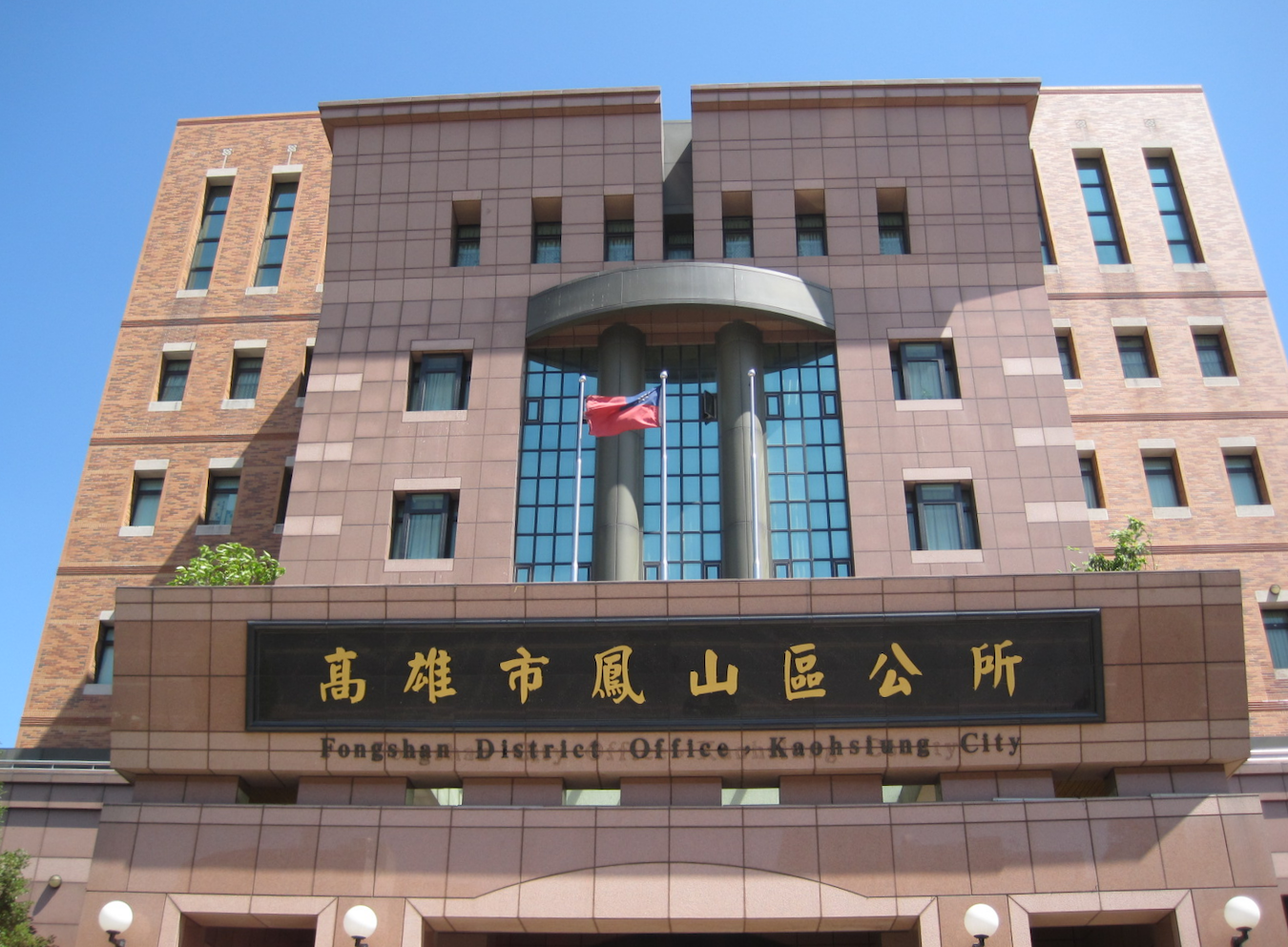by Brian Hioe
語言:
English
Photo Credit: Foxy Who \(^∀^)//WikiCommons/CC BY-SA 2.0
PLANS TO BUILD what will be Taiwan’s largest energy storage facility led to protests earlier this month from local residents, given concerns about safety.
Plans are to construct the facility in Beili in Fongshan District, Kaohsiung. The facility will have a storage capacity of 170 MW. Likewise, the facility is a joint venture, with Santi Energy implementing the project in collaboration with the Hotai Group, FoxConn/Hon Hai, and Farglory. The latter three are among Taiwan’s largest conglomerates.
Local residents fear that the lithium batteries used for the facility are at risk of exploding, however, particularly given the facility’s proximity to a local gas station. A press conference held by Santi drew two hundred attendees, while 5,000 signed a petition to oppose the facility.
Both pan-Blue and pan-Green city councilors participated in the press conference, criticizing plans for the facility. Although it was claimed that the facility underwent a two-year review process, questions have been raised about whether there was adequate consultation with members of the public. There are 5,800 households and 12,000 residents in the area.
 Photo credit: Pbdragonwang/WikiCommons/CC BY 3.0
Photo credit: Pbdragonwang/WikiCommons/CC BY 3.0
It is claimed that the plant will alleviate issues of energy storage in Taiwan, particularly mitigating the risk of blackouts. This may be a priority for large conglomerates, seeing as power outages threaten the continued operation of manufacturing lines.
Fears in past years have been that frequent power outages would lead to electronics manufacturers relocating out of Taiwan. This is particularly the case at a time in which Taiwan aims to maintain its current dominance in semiconductor manufacturing, so as to maintain global reliance on Taiwanese semiconductors. It is thought that this increases the incentive for western countries to defend Taiwan because they are reliant on Taiwanese semiconductors, as well as that this deters China from a potential attack, as Chinese manufacturing lines are, too, reliant on Taiwanese semiconductors.
Otherwise, claims are that the energy storage facility will focus on renewables and in this way be climate-friendly.
For its part, the Kaohsiung city government has stated that the facility currently does not yet have a license to operate. However, the relevant authority regarding the facility is the Ministry of Economic Affairs.
Nevertheless, one can situate pushback against the energy storage facility alongside other local demonstrations against energy infrastructure in past years. This, too, has sometimes occurred because of projects from Taiwan’s largest companies, such as TSMC.
In February, over 10,000 signed a petition against plans to construct a 1.2-gigawatt gas power station in Annan District, Tainan. The power plant would have been used to power a TSMC fab, but local residents feared that it would contribute to local issues regarding air pollution.
To this extent, one has seen protests in past years against solar farms or wind power from local farmers, because their fields will be cleared for the construction of such energy infrastructure, or from Indigenous because the building of these plants will be on traditional territories. An example was controversy in 2020 over plans by TSMC to clear reforested land for a solar farm. Though the company claimed that this was aimed at boosting renewable energy, local residents pointed out that the reforested land, too, lessened carbon emissions, and so it would make more sense to build the plant elsewhere.
Power-hungry tech companies are often a drain on local resources, whether that is in terms of energy or water. But even as local politicians sometimes hope to attract high-tech jobs to their local constituencies, this also brings with it energy infrastructure that may prove dangerous to local residents or displace local residents. Yet it is routinely the case that local authorities are accused of failing to sufficiently consult with local residents and instead seeking to push development projects onto them. At other points, conflicts emerge between local and central planning, between local governments and local residents with the central government. But, as seen with the 2021 referendum on a liquified natural gas storage plant to be constructed off of the coast of Datan District, Taoyuan, it can also be the case that local infrastructure development controversies become elevated to the national conversation, particularly once one of Taiwan’s major two political parties becomes involved.

